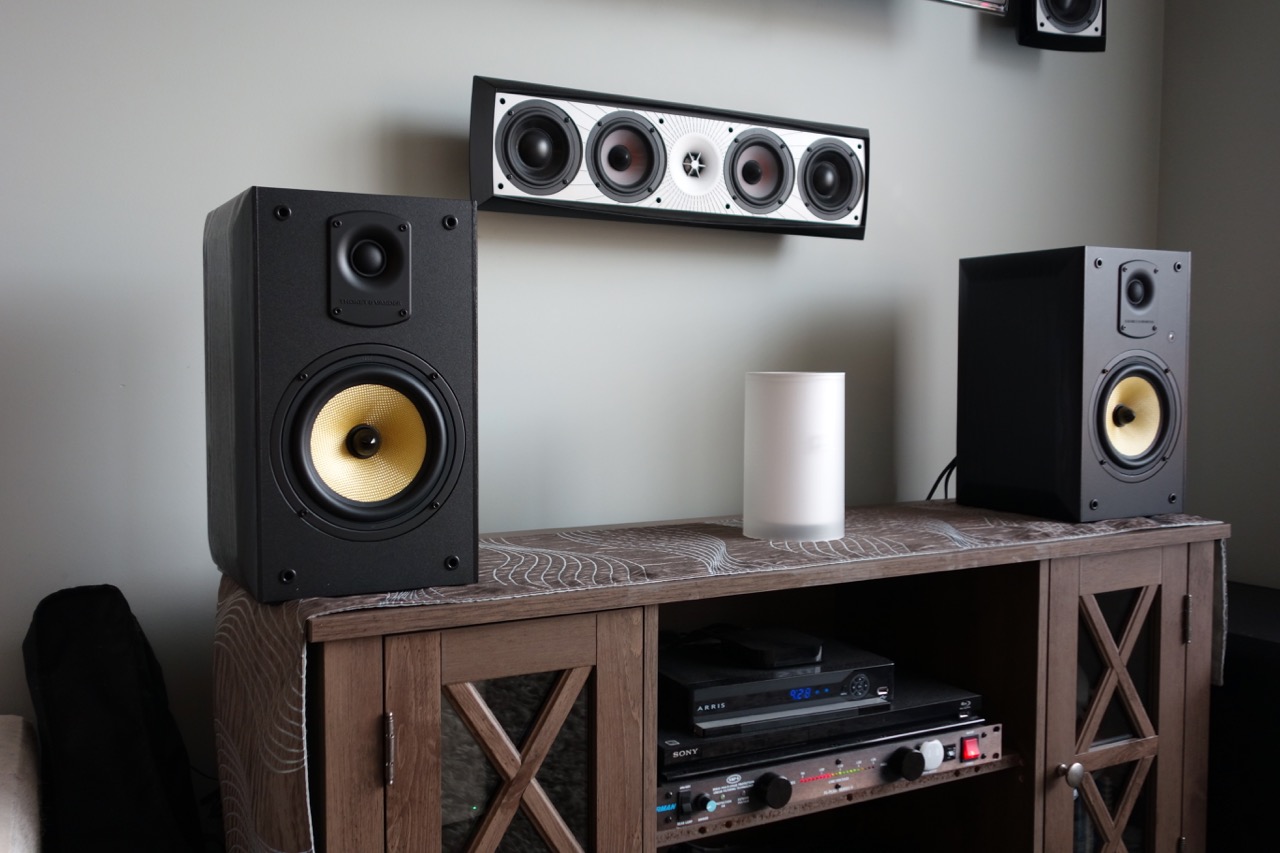
Thonet & Vander is a German speaker designer that specializes in products that utilize the latest in mobile Bluetooth technology and fuse it with traditional speaker design. I had never heard of this company before they arrived at my door, which always seems to incite an equal mix of excitement and indifference. It could turn out to be a Tesla, or a Lada. The best part of my role as a blogger is that I have the opportunity to be that judge, and I revel in the experience.
I was sent a pair of T&V Kugel speakers, and out of the box, the end product is visually indistinguishable from a pair of nice-looking bookshelf speakers. The 6.5” woofers in a yellow aramid fibre contrast the black finish of the wood. The 1” silk dome tweeter breeds a sense of familiarity, and the intrigue immediately gets the best of me. This could be the start of something really cool: Bluetooth enabled speakers that are actually real speakers. Not just a portable plastic noisemaker, but real speakers. Genuine stereo sound enters stage right; low end from a real woofer enters stage left. Indifference was quickly replaced with excitement.
Thonet & Vader Kugel speakers are available at Best Buy.
Onboard controls
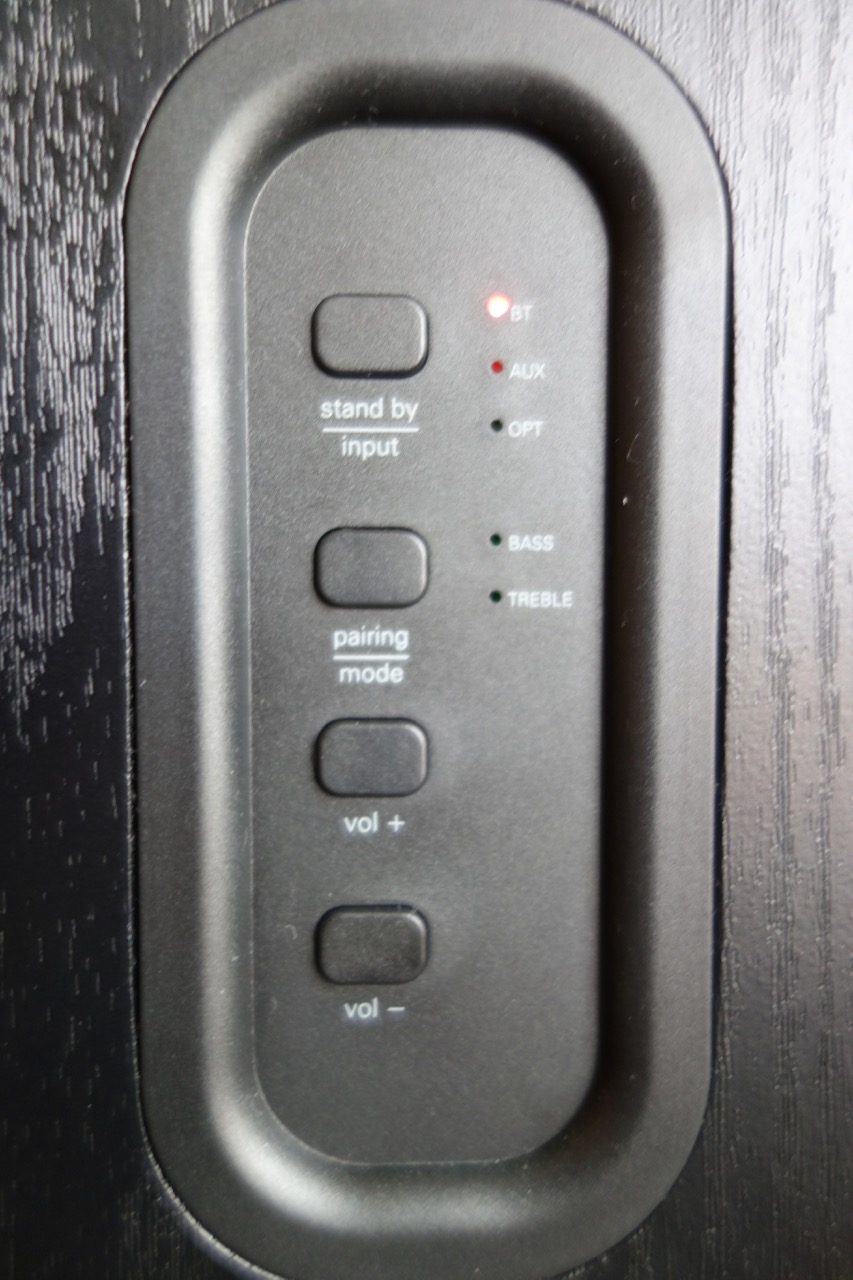 The one give-away that these were not standard bookshelf speakers was the control panel found on the side of one of the Kugel’s. While small and discrete, there is no mistaking its purpose. Housing buttons that control the volume and input, there are also bass and treble controls. A remote accompanies the pair of speakers and has essentially the same controls.
The one give-away that these were not standard bookshelf speakers was the control panel found on the side of one of the Kugel’s. While small and discrete, there is no mistaking its purpose. Housing buttons that control the volume and input, there are also bass and treble controls. A remote accompanies the pair of speakers and has essentially the same controls.
Add flexibility and range with the Audio Hub
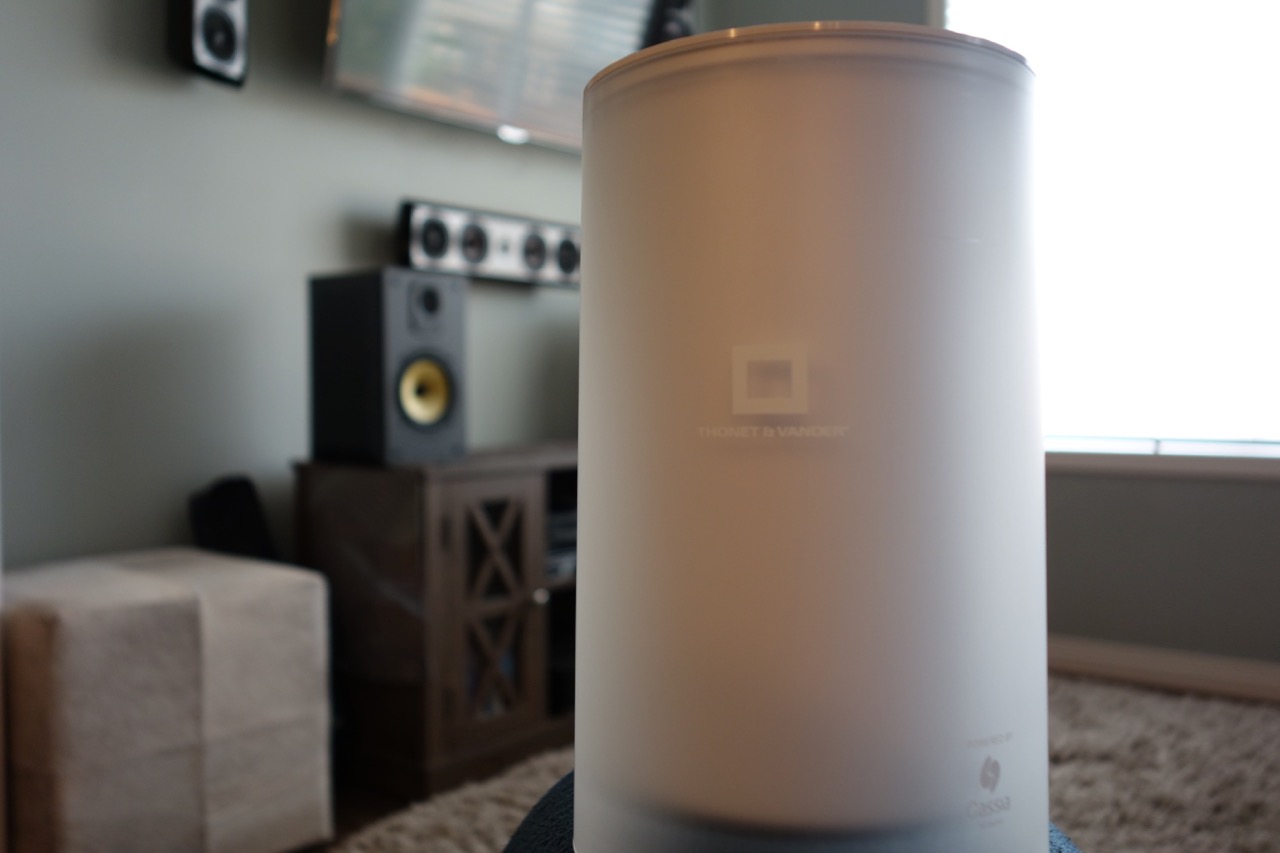
Best Buy also sent me the Thonet & Vander Bluetooth Audio Hub, sold separately, which is a sleek white unit that would fit into any modern décor. This unit acts as a Bluetooth amplifier, which for anyone who has inadvertently walked away from a Bluetooth speaker and had it drop out just as the chorus was about to kick in it totally throws you off your karaoke game, you’ll appreciate this. Once I connected to it, I found that I could go anywhere in my house without dropout, whereas using the speakers without it tethered me to the main floor where the speakers were. It also connects to upwards of three different speakers simultaneously and is easily controlled via an app. A colleague did a nice video demo of the Audio Hub, check it out here.
Watts up with that?
There are few things that bother me as much as the marketing push behind the use of Watts, and Thonet & Vander seem poised to continue the trend. The Kugel’s are powered speakers, meaning you don’t need a separate amplifier or receiver to drive them. The amplifiers are directly inside the speaker, so all you need to do get sound out of them is connect them to a source and turn up the volume. Which is what makes it so confusing why all over their website and on the speakers themselves they boast peak wattage.
How Watts actually work
Manufacturers are pleased to perpetuate the myth that Watts equal volume to sell speakers. It’s just not true. Watts are a measure of power, and more watts do equal more power. The problem is that power does not equal volume. Speakers are not created equally; some require a lot of power to generate little volume, while others create immense volume with very little power. A speaker’s wattage rating is advertised so the consumer knows the safe amplification limit a speaker can handle without damage, critical info when they are driving that speaker with a separate amplifier. The consumer audio market often takes it a step further by advertising peak power, the absolute maximum wattage a speaker can handle. Peak power is akin to your sprinkler system firing up and you see it burst some water out a great distance before pressure builds in the system and it settles into its normal pattern. The normal pattern in my sprinkler analogy is the RMS wattage, a speaker’s happy place. The RMS wattage rating on a speaker is lower than the peak number, so marketers ignore it and advertise peak. Got it? Good. For a deeper dive into this subject, check out this piece I wrote for the blog.
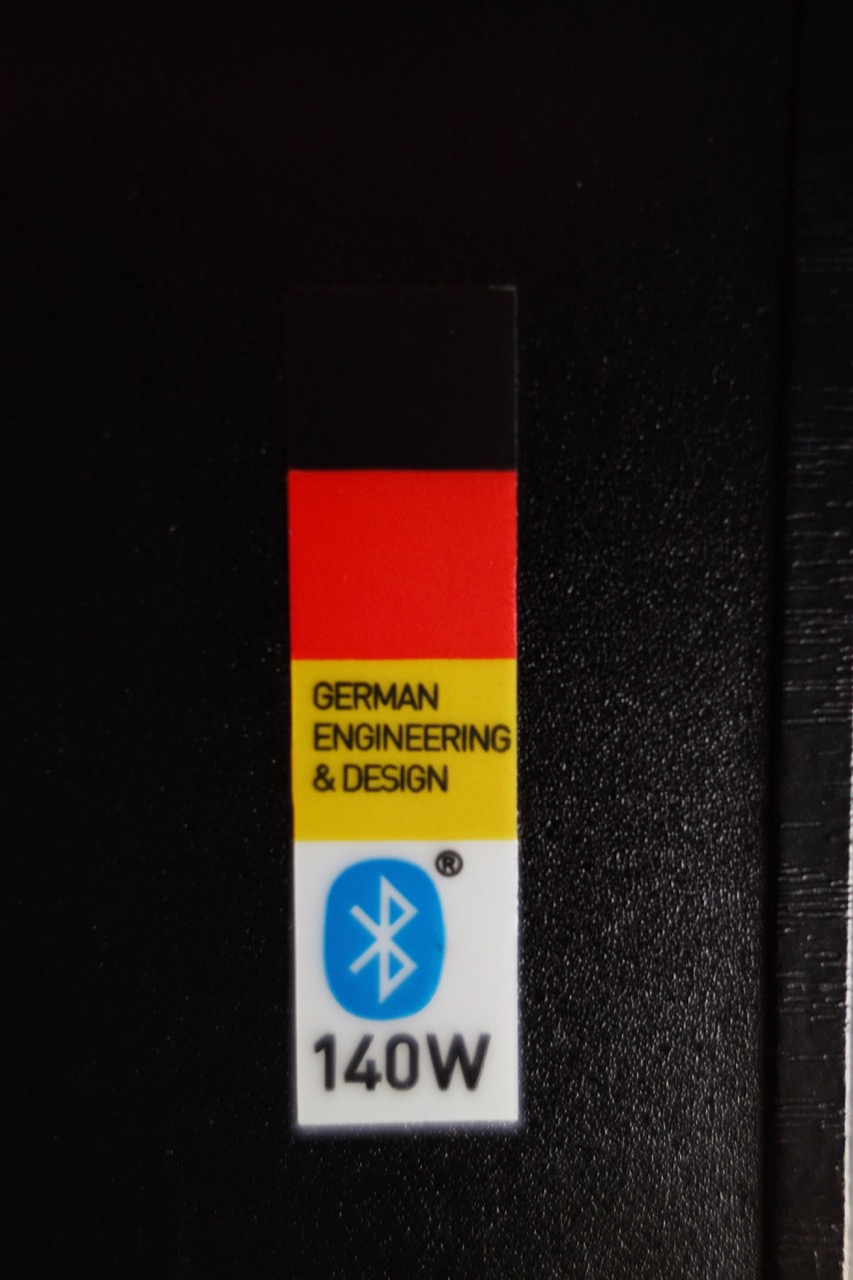
Back to the way Watts are being advertised on the Kugel’s. There are internal amplifiers in the speakers, which may or may not output the peak 140 watts per as shown on the speaker. It has no bearing on the volume or the quality of sound. Same with the RMS advertised at 70 watts. One would hope that T&V used amplifiers that would leverage the build of the speaker, and whether that means there are 20 watts per speaker, or 2000, has no bearing on the user experience.
Bookshelf speakers without a receiver
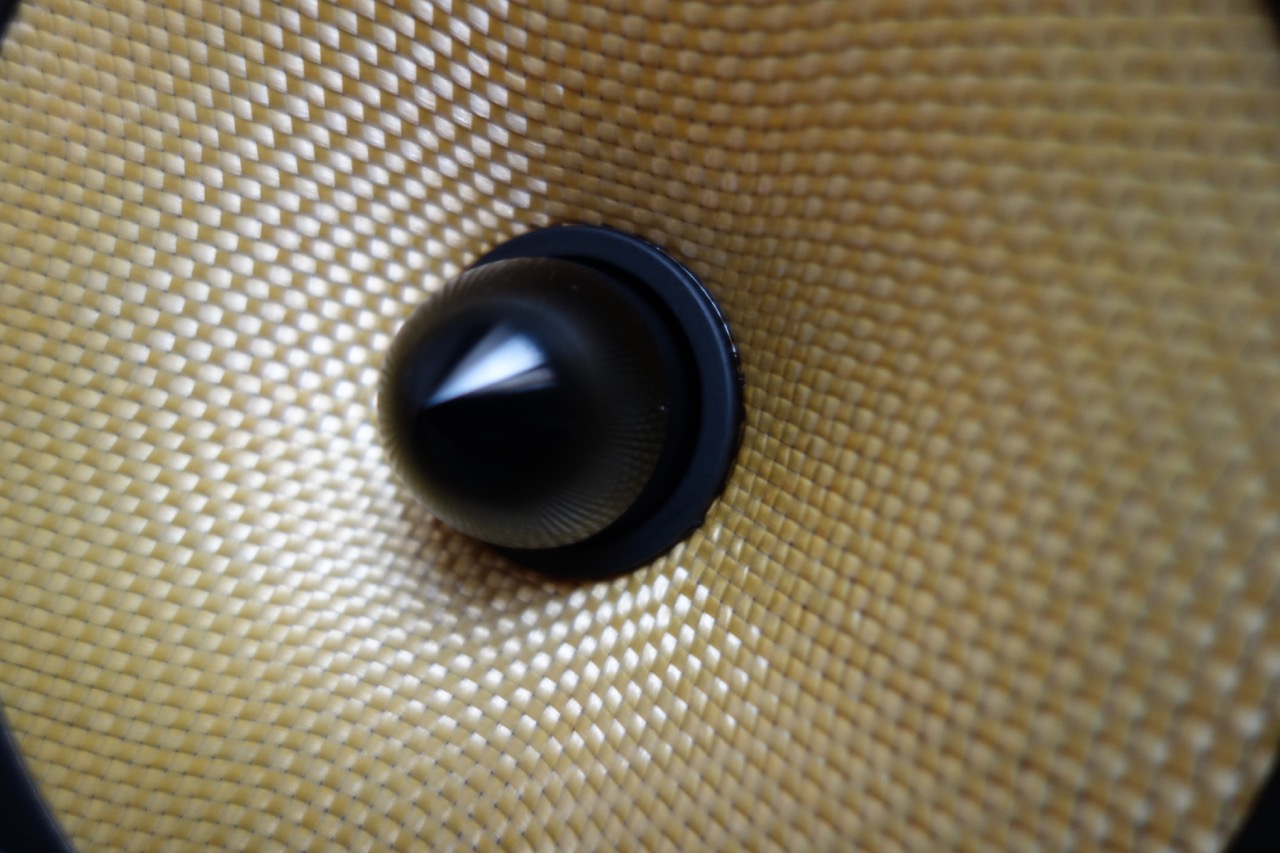
One of the great features of the Kugel’s was that they provide you with multiple inputs, one of which is digital optical. With this one small step, T&V has eliminated the need to purchase a home theatre receiver, or find the space to put it, and still enjoy great sounding television and movies. Simply run an optical cable from your TV to the speaker and instantly upgrade your experience. My first instinct was how well this would work in my bedroom, where the speakers on the TV are underwhelming, a receiver isn’t an option, and a sound bar just wouldn’t fit in.
In addition to the digital connection, you can connect via a ¼” mini cable using a provided stereo RCA cable. I have an old iPod that is like my favourite T-shirt I wore in my 20s: it’s just an old friend I refuse to say goodbye to. Its playlists were created with as much effort and attention as mix tapes I presented to girlfriends in the 90s. It is pure gold, but it’s not Bluetooth so I rarely use it these days. It was a nice treat to enjoy some of that music, and ran a single playlist for hours to break these speakers in.
How do they sound?
It’s pretty easy for me to argue these are some of the best sounding Bluetooth speakers I’ve had the pleasure to review. They are. But that is a somewhat disingenuous stance, given that most Bluetooth speakers are a fraction of the size and designed for portability and convenience as opposed to high fidelity sound. It’s comparing apples to oranges, and I can definitively tell you there are many bookshelf speakers that would blow these out of the water.
I found the remote to be weak at best, and barely able to transmit at even a few feet. One of the more puzzling choices that T&V made with this line is there are no visual or audible indicators of the volume, treble or bass levels. If T&V were looking for feedback, I would suggest putting dials on the back of the speaker, similar to other powered speakers, which would provide some feedback to the user.
Thoren & Vander Kugel speakers are designed for someone who doesn’t want to invest big money into a home theatre, and may not appreciate the limitations of a compact sound bar, wants a pair of good sounding pair of speakers. If this is the market Thoren & Vander targets, those consumers will be very pleased with their purchase.


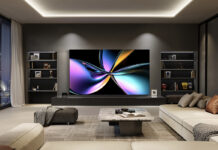

How does these speakers compare to the passive units like Elac B6, Wharfedale diamondD220 or JBL 306?
Nice overall review of the speakers Jeff . I am sure that as a european speaker it will sound quite nice..,considering it’s application, Like you I agree that there are many dedicated bookshelf size speakers that sound better, but at a significant increase in price.
Thank you very much for clearing up the “wattage issue”, I couldn’t get over the 700 watts claimed.
A picture of the rear connectors would have been nice to include either in the blog or on the unit’s page on the Best Buy site.
Awesome review Jeff. Im hoping to win a pair in your latest contest.
I recently bought a pair of Edifier R2000DB Powered Bluetooth Bookshelf Speakers from Best Buy and would love to hear your opinion on how these very similar speakers compare to the Thonet & Vander Kugel Bluetooth Speakers.
Sure would love Four to six of these speakers they sound great and look even better.
thanks Jeff good to know
Comments are closed.